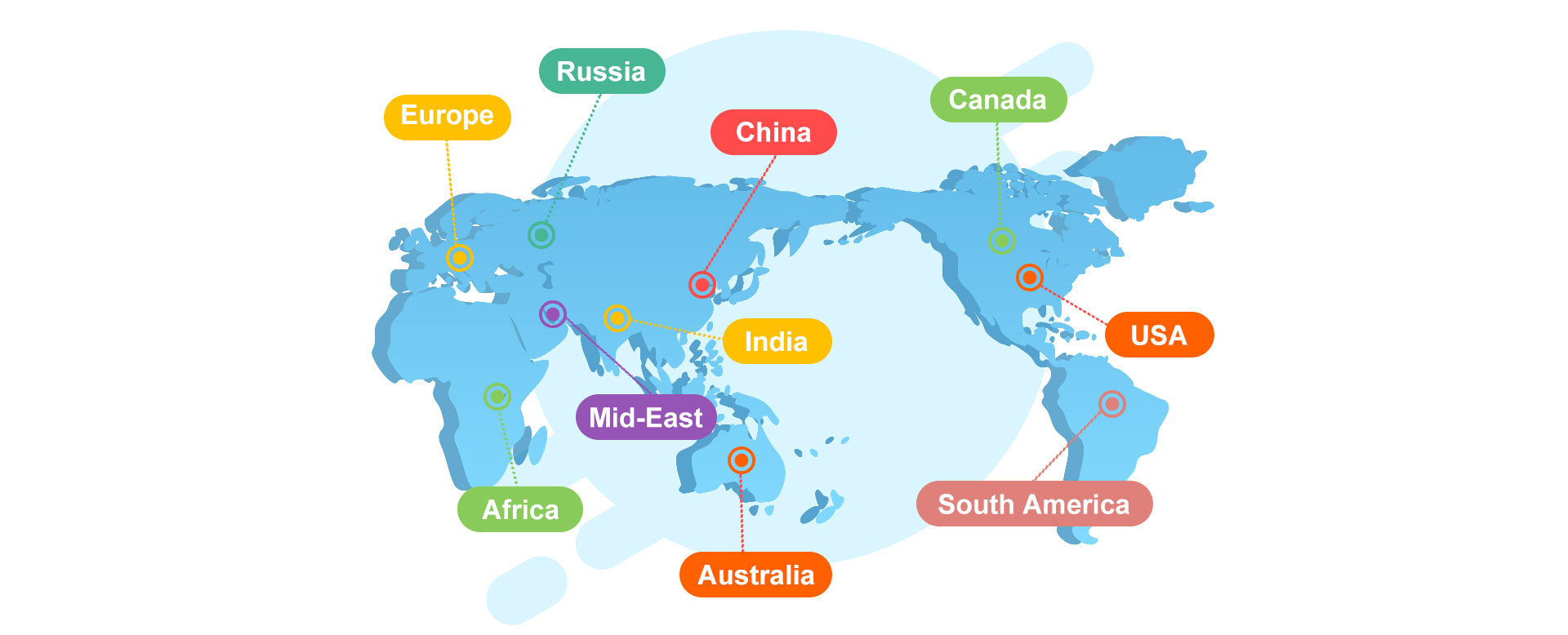How to make snow melt more slowly?
We talked about how ski resorts make snow before, but do you know how to make the snow in ski resorts melt more slowly? To slow down the melting of snow on a ski resort, you can consider the following methods:
- Lower the temperature: After the skiing season ends, try to reduce the ambient temperature of the ski resort, either by lowering the outdoor temperature or using refrigeration equipment. Lower temperatures can delay the melting process of the snow.
- Prevent direct sunlight: Sunlight is one of the main factors that cause snow to melt. Reduce the amount of direct sunlight on the snow surface by planting trees, installing canopies, or using shading devices. This helps reduce the duration and intensity of sunlight on the snow, thereby slowing down the melting rate.
- Increase reflection: Use white or light-colored materials to cover the ground surrounding the ski resort. This increases reflection and reduces heat absorption, thus slowing down the melting of the snow.
- Apply protective coatings: Before the end of the skiing season, you can spray a specialized protective coating on the snow surface. This coating forms a thin film that reduces the contact between the snow and air, thus slowing down the melting process.
- Add covering layers: Use coverings such as fabric or plastic sheets to cover the snow surface. This reduces the exposed surface area directly in contact with the air, slowing down the melting process.
- Manage water sources: Avoid accumulating large amounts of water on the snow surface, as water conducts heat and accelerates snow melting. Properly manage water sources to keep the snow surface as dry as possible, which helps slow down the melting process.
- Regularly compact the snow surface: Use professional snow grooming equipment to regularly compact the snow surface. This increases the density of the snow, reducing the penetration of air and moisture, thus delaying the melting process.
Last, please note that these methods can help slow down the melting of snow, but they cannot completely prevent it. The melting rate of snow is also influenced by climate conditions and environmental factors.







